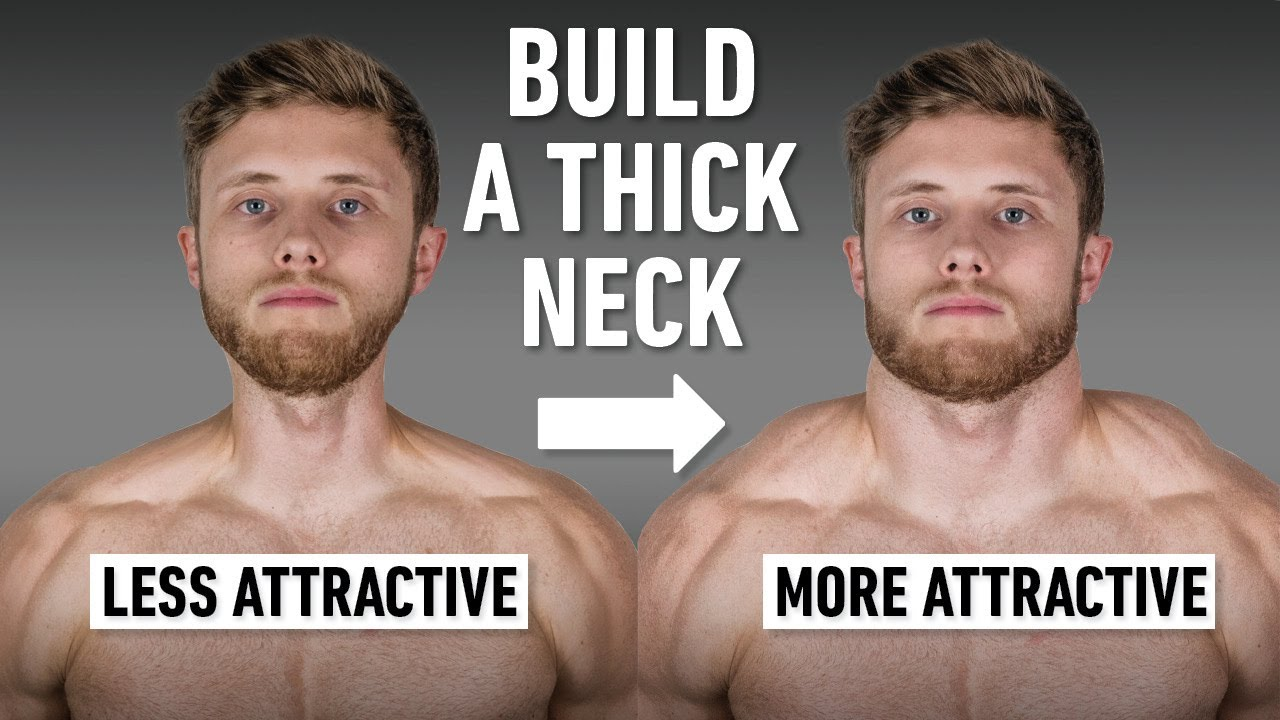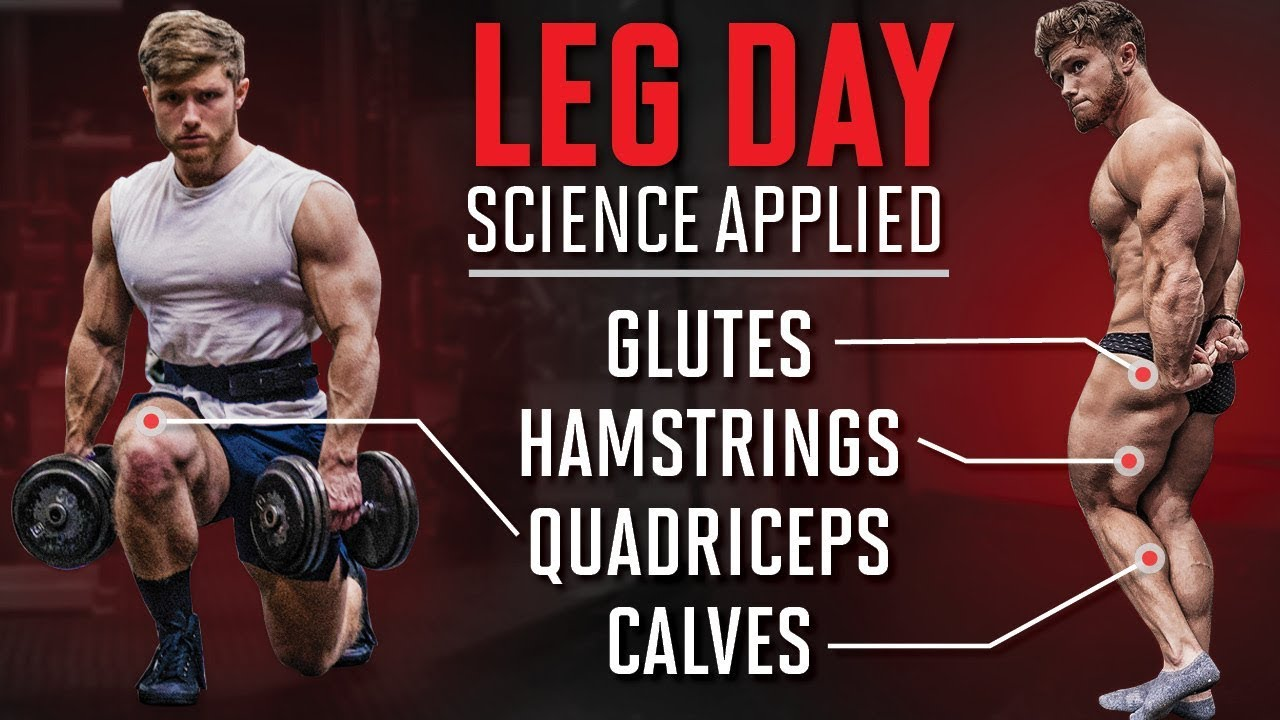The Unsung Hero: Why Neck Training Matters
Many consider the neck an afterthought in their training regimen, but its importance extends far beyond what most people realize. Let’s break down why dedicating time to neck training is a game-changer:
Aesthetic Enhancement: Sculpting a Powerful Presence
From an aesthetic standpoint, the impact of a well-developed neck is undeniable. Consider side-by-side comparisons: a broader, more robust neck can dramatically alter facial aesthetics, contributing to a more masculine and commanding appearance. Even subtle changes in neck circumference can significantly enhance perceived attractiveness and overall physique balance. Conversely, a disproportionately thin neck can make even a well-built body appear less impressive. I’ve personally witnessed and achieved significant neck transformations, gaining inches in circumference in just a year of consistent, targeted training. This rapid growth is often due to the neck muscles being relatively undertrained in daily activities, making them highly responsive to direct stimulation.
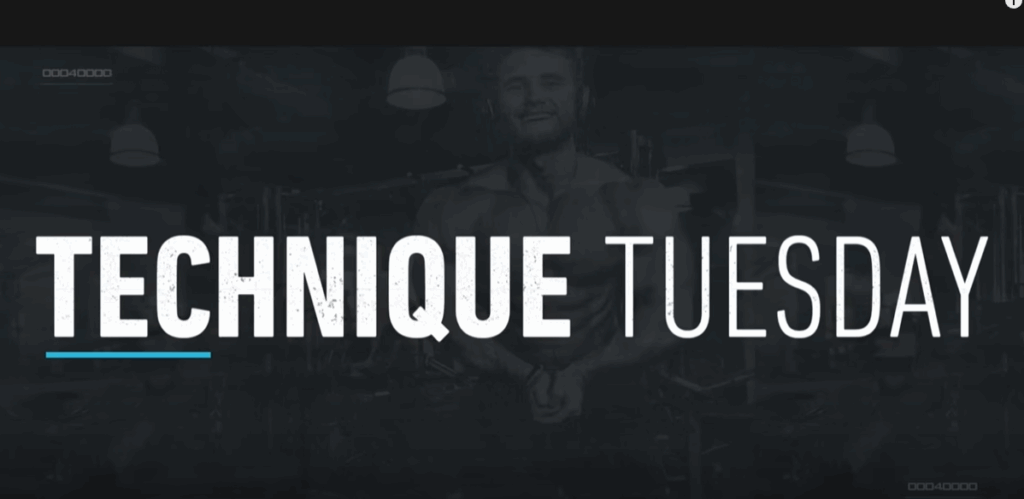
Performance and Injury Prevention: A Foundation of Strength
Beyond aesthetics, a strong neck is a cornerstone of athletic performance and injury resilience, particularly in contact sports. The neck acts as a critical stabilizer for the head and spine. Strengthening these muscles can significantly mitigate the forces experienced during impacts, thereby reducing the risk of concussions and other head and neck injuries. Athletes in football, hockey, boxing, and mixed martial arts frequently incorporate direct neck training into their strength and conditioning protocols for this very reason. It’s not just about absorbing blows; a strong neck also improves an athlete’s ability to maintain optimal head position, which translates to better balance, vision, and overall performance on the field or in the ring.
Furthermore, many individuals find that direct neck strengthening can alleviate chronic neck pain and tension headaches. By improving muscular support and stability in the cervical spine, you can reduce daily discomfort and improve your quality of life.
Understanding Neck Anatomy and Movement Patterns
To train the neck effectively, we need to understand its primary movement patterns and the muscles responsible for them. The key movements are:
- Forward Flexion: Primarily targets the sternocleidomastoid (SCM), the large muscle running down the front of your neck.
- Extension: Works the muscles at the back of the neck, including the splenius capitis and cervicis, as well as the semispinalis capitis and cervicis.
- Lateral Flexion: Also largely handled by the SCM, though other smaller muscles contribute. While not the top priority for increasing neck width, it contributes to overall proportional development.
- Rotation/Anti-Rotation: Crucial for dynamic control and injury prevention, particularly for athletes involved in sudden head movements (e.g., MMA fighters, race car drivers). These movements can also serve as an excellent warm-up to activate the entire neck musculature.
Essential Warm-Up and Prehabilitation Protocols
Before engaging in any direct neck training, a thorough warm-up is paramount to prevent injury, such as muscle strains or “zingers” (severe neck stiffness). A quick 1-2 minute dynamic warm-up can make all the difference.
Here’s a sample warm-up sequence:
- Head Rotations: Perform 8-10 slow, controlled rotations in each direction, alternating to prevent dizziness. Focus on a full range of motion.
- Bodyweight Neck Curls (Supine): Lie on a bench or floor. Slowly lower your head, allowing for a comfortable stretch at the bottom, then curl your chin towards your chest, focusing on a strong contraction. Perform 10-12 reps.
- Bodyweight Lateral Curls (Side-Lying): Roll onto your side on a bench or floor. Perform 10-12 slow, controlled lateral curls, bringing your ear towards your shoulder. Repeat on the other side.
- Bodyweight Neck Extensions (Prone): Flip onto your stomach. Slowly lower your head, then extend it upwards until your head is in a neutral position. Perform 10-12 reps.
- Side-to-Side Stretches: Gently hold static stretches, pulling your head to each side for 5 seconds.
- Rotational Neck Curls: Combine forward flexion with rotation. As you curl your chin towards your chest, aim to touch your chin to your shoulder. Alternate sides with each rep.
- Isometric Rotations: With your hand placed firmly against the side of your head, gently push your head into your hand while resisting the movement. Hold for a few seconds. This can provide a significant “pump” even without external load.
This comprehensive warm-up primes your neck for heavier work, enhances mind-muscle connection, and significantly reduces the risk of post-workout stiffness or injury.
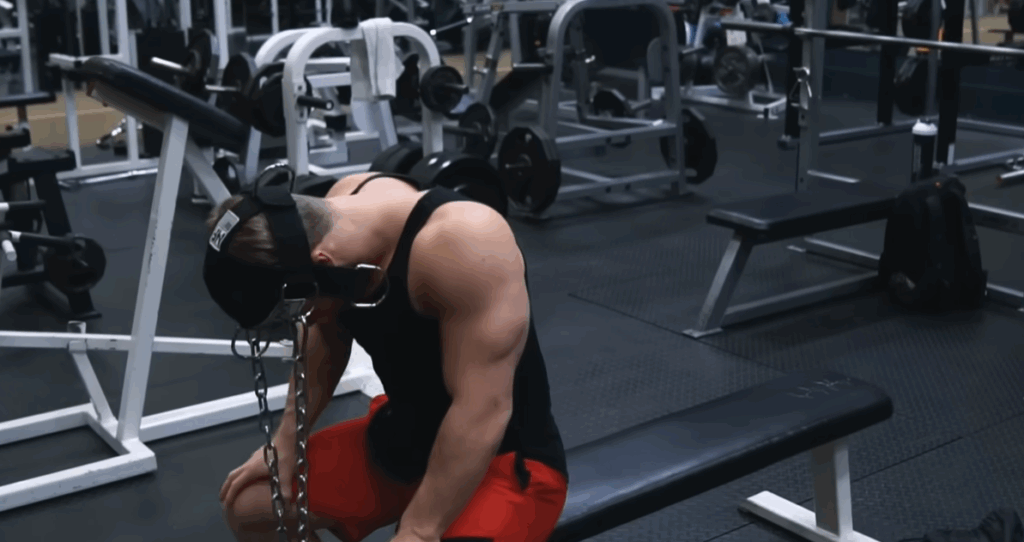
Core Neck Training Exercises and Techniques
Once warmed up, you’re ready to tackle the main lifts.
Neck Flexion: Building the Front of Your Neck
The most straightforward way to train neck flexion is the lying plate neck curl:
- Setup: Lie on a flat bench with your shoulders positioned at the edge, allowing your head to hang freely. Place a weight plate directly on your forehead. For comfort and safety, use a thick towel or specialized headgear under the plate.
- Execution: Gently lower your head towards the floor, achieving a deep stretch in the neck. Then, using only your neck muscles, curl your head upwards, bringing your chin towards your chest.
- Form Cues:
- Loose Grip: Hold the plate loosely or actively press it into your forehead to prevent your arms from assisting the movement.
- Stable Torso: Tuck your legs under the bench or brace your core firmly to prevent your abs from “crunching” the weight up. The movement should be isolated to the neck.
- Loading: For neck work, prioritize higher rep ranges (10-30 reps) with moderate to light loads. This minimizes stress on the delicate spinal tissues while still providing sufficient stimulus for hypertrophy, especially when training close to muscular failure. While some advanced lifters can handle impressive weights (e.g., 45-90 lbs), start light and gradually increase resistance as your neck adapts.
Neck Extension: Strengthening the Back of Your Neck
While lying plate neck extensions can be performed similarly to flexion (placing a plate on the back of your head while lying face down), I generally don’t recommend this method for long-term progression due to balance issues and the need for heavier loads as you get stronger. The neck extensors are significantly stronger than the flexors.
For effective neck extension training, a head harness is nearly essential:
- Setup: Attach the head harness to a cable machine or load it with weight plates via a chain. Position yourself facing away from the cable stack (or with the plate hanging in front of you).
- Execution: From a starting position where your head is flexed forward, extend your head upwards until it reaches a neutral, upright position. Avoid hyperextending your neck beyond this point to protect your cervical spine.
- Benefits of a Head Harness: A quality head harness, like the Neck Flex, allows for comfortable and effective loading, particularly for extension, and often enables training of flexion and lateral flexion as well. It provides consistent tension throughout the movement and is easily adaptable for home use with resistance bands or a door anchor. This significantly enhances convenience and privacy for those who prefer not to train neck directly in a crowded gym.
Neck Bridges: An Advanced Option
Neck bridges are popular among wrestlers and combat athletes for their ability to build tremendous neck strength and resilience. While they can be a valuable addition, if you’re already performing direct flexion and extension work with resistance, they may be somewhat redundant for pure hypertrophy. However, for those seeking functional strength or sport-specific conditioning, bridges can be incorporated. If there’s interest, I can delve into the nuances of neck bridges in a future discussion.
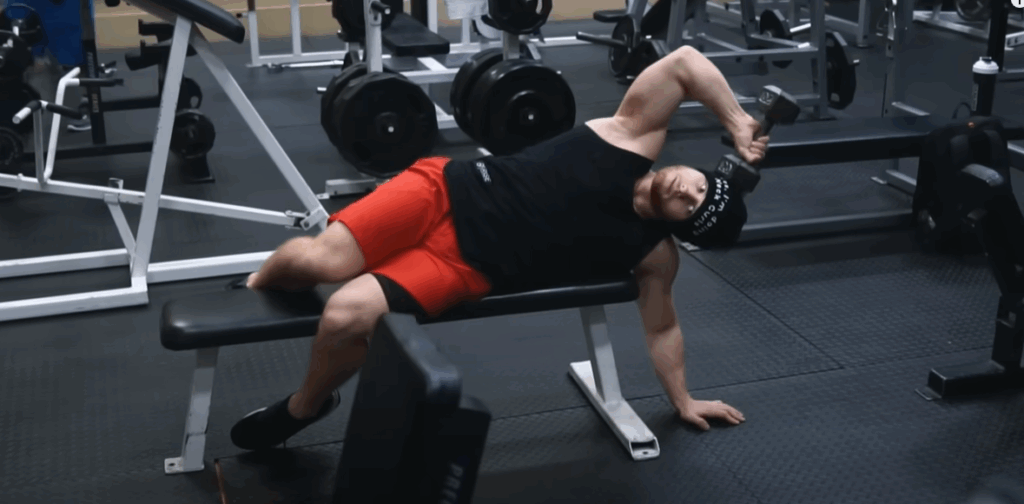
Final Considerations for Optimal Neck Development
- Consistency is Key: Like any muscle group, the neck responds best to consistent training. Integrate neck exercises into your routine 2-3 times per week.
- Progressive Overload: While prioritizing higher reps, don’t shy away from gradually increasing the load as you get stronger. The neck, like any other muscle, needs increasing challenge to continue growing.
- Listen to Your Body: The neck is a sensitive area. Always prioritize proper form and stop if you experience any sharp pain. Err on the side of caution with loading, especially when starting out.


